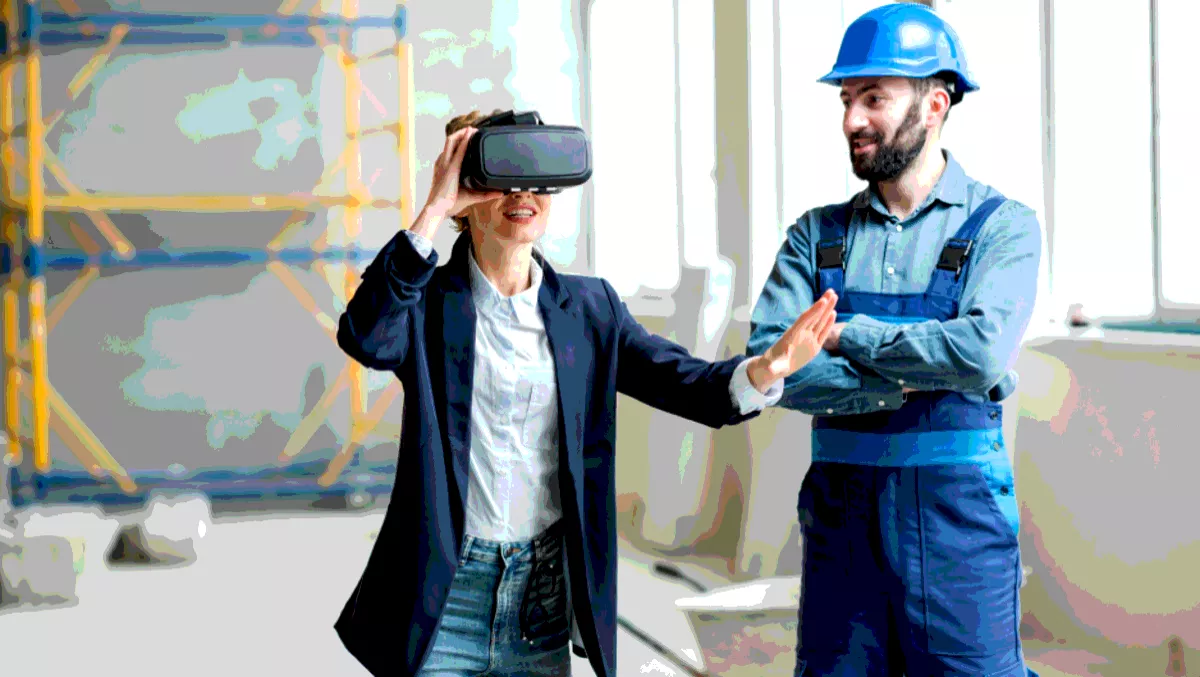
VR headset market going nowhere fast, but IDC confident in revival
In complete disregard to earlier expectations, worldwide shipments of virtual reality (VR) headsets declined again in the second quarter of this year (2Q18).
After the first quarter of 2018, IDC revealed the VR and AR headset market had fallen 30.5 percent year-over-year, but expected the market to return to growth by the year's end.
Thus far there is little happening as IDC's latest figures reveals the market to be relatively stagnant with global shipments of VR headsets in 2Q18 down 33.7 percent year-over-year.
However, IDC is still confident this lethargy is only temporary and the market will find its legs soon – boosted by the arrival of new brands and products like the Oculus Go and HTC Vive Pro, in conjunction with demand for greater headset fidelity.
"One of the major issues with the VR market is that consumers still find it difficult to try a VR headset," says IDC Mobile Device Trackers senior research analyst Jitesh Ubrani.
"This is where the commercial market has an opportunity to shine. HTC's recent partnership with Dave - Busters or Oculus' work with schools around the world stand to play an important role in educating and enticing consumers to use VR."
According to IDC, the category contributing the most to the decline in the overall VR headset market is screenless viewers.
They effectively brought in the revolution of VR and propped up the market 'artificially' in the early days by brands like Samsung, Alcatel, and Google that bundled the headsets with phones. This is no longer the case with the category nosediving from 1 million headsets in 2Q17 to 409,000 in 2Q18.
Another source of decline was the tethered VR headset category, which fell 37.3 percent in 2Q18. IDC says the main reason for this is simply because major brands like Oculus and Sony were not able to carry on the momentum brought on during a period of price reductions in 2Q17.
This saw the two brands shipping 102,000 and 93,000 headsets respectively, with HTC topping the category with almost 111,000 headsets (excluding the standalone Vive Focus) which has been put down to the growing popularity of its Viveport subscription service as well as the launch of its Pro headset.
One category that brought positive tidings was the standalone VR headsets segment, posting a whopping 417.7 percent increase in shipments during the quarter. IDC says the main driver for the segment was the launch of the Oculus Go/Xiaomi Mi VR, which managed to ship 212,000 headsets.
As Ubrani mentioned, the commercial sector is the one to place your bets on. The spotlight remains on the consumer side of the VR headset market, but the commercial side has seen pilots and large-scale deployments gaining traction.
2Q18 saw around 20 percent of VR headsets allocated for the commercial sector, up from 14 percent the year before.
"In a market where mainstream VR content is still lacking, a growing number of vendors are looking to commercial as a way to build their business while they wait for the consumers to catch up," said IDC Devices and Augmented and Virtual Reality program vice president Tom Mainelli.
"These vendors are moving beyond entertainment-focused B2C deployments to real-world training scenarios in companies of all sizes, all over the world. IDC expects commercial buyers to represent an increasingly important percentage of the market going forward.

